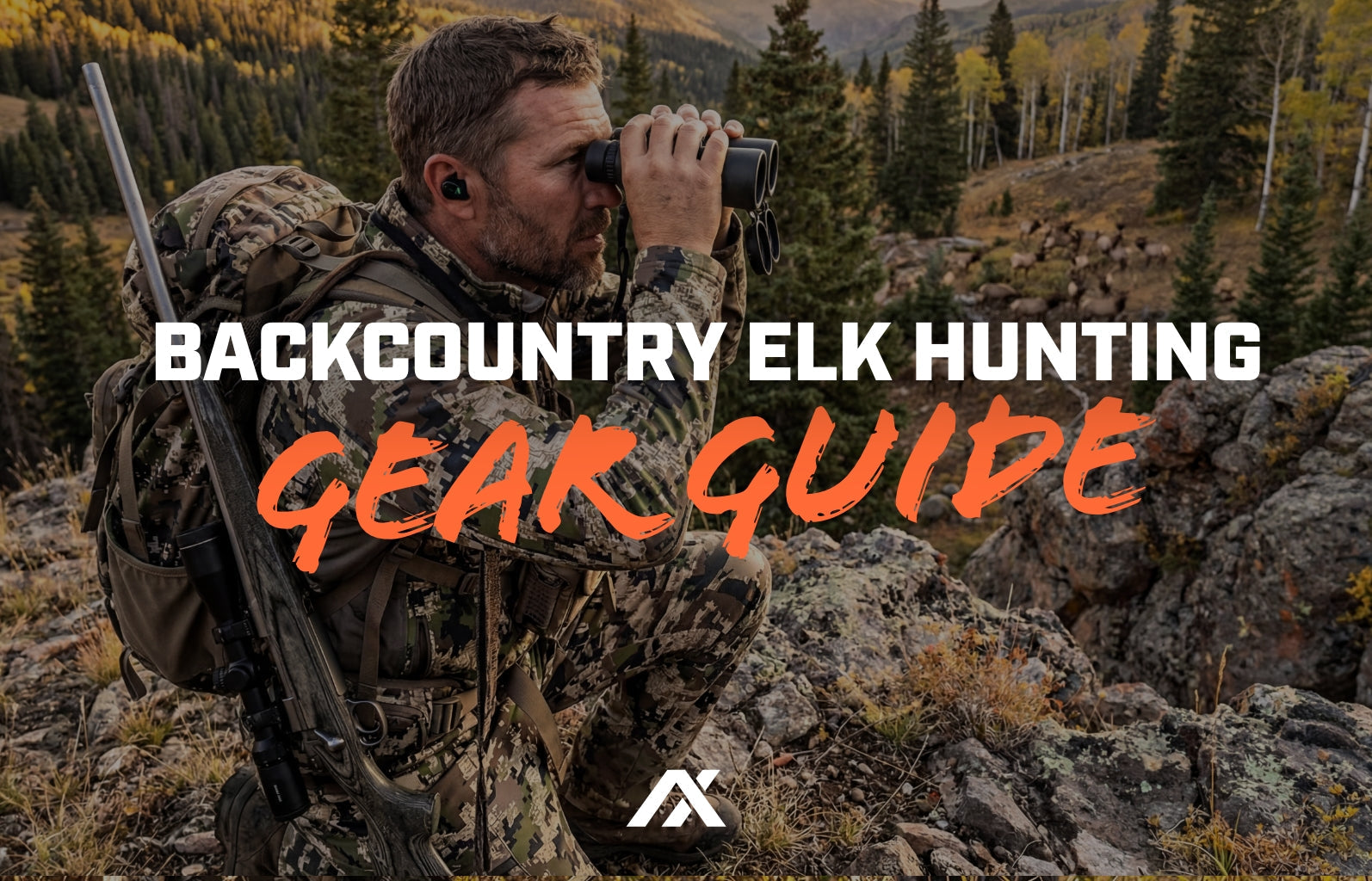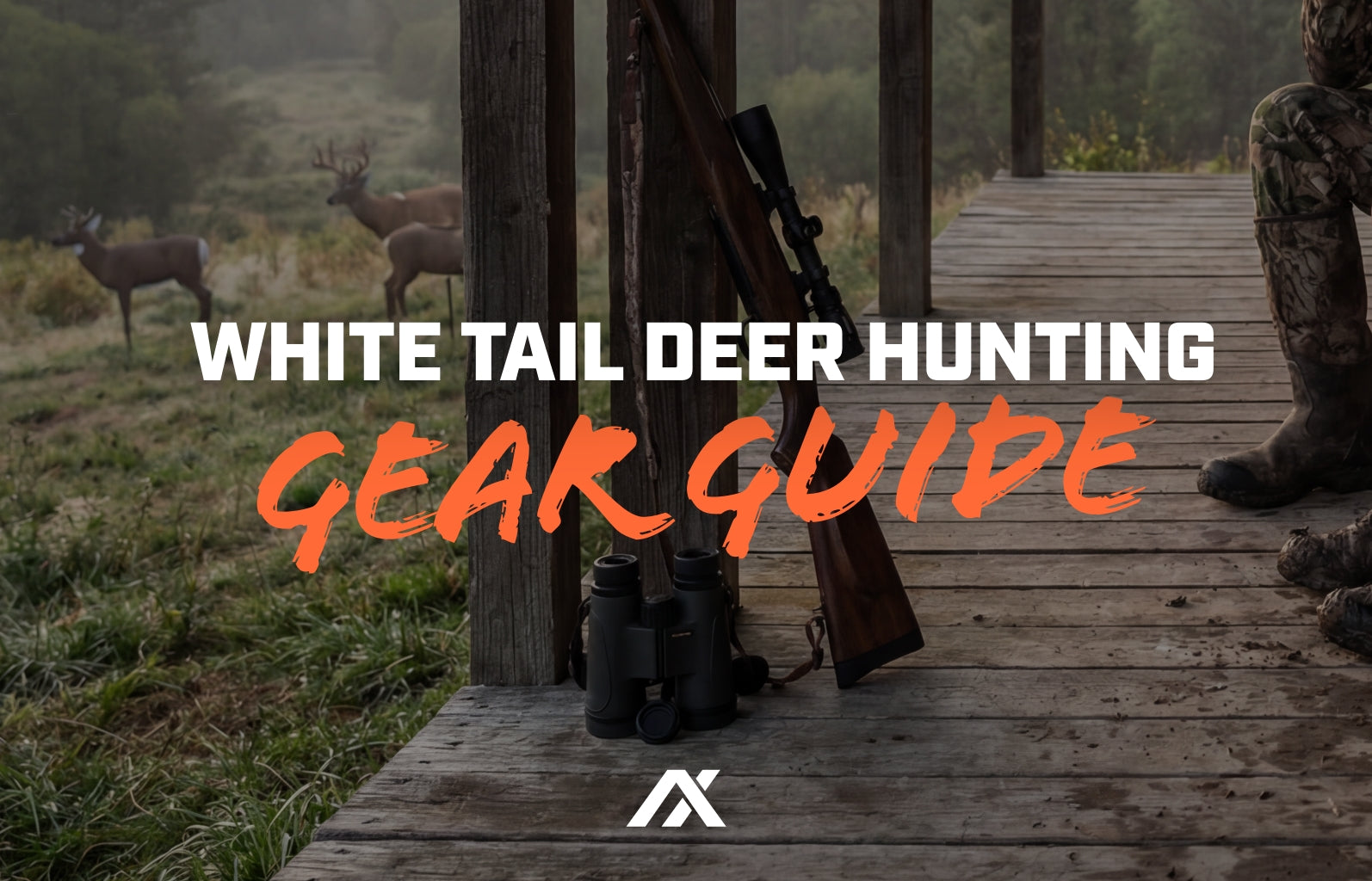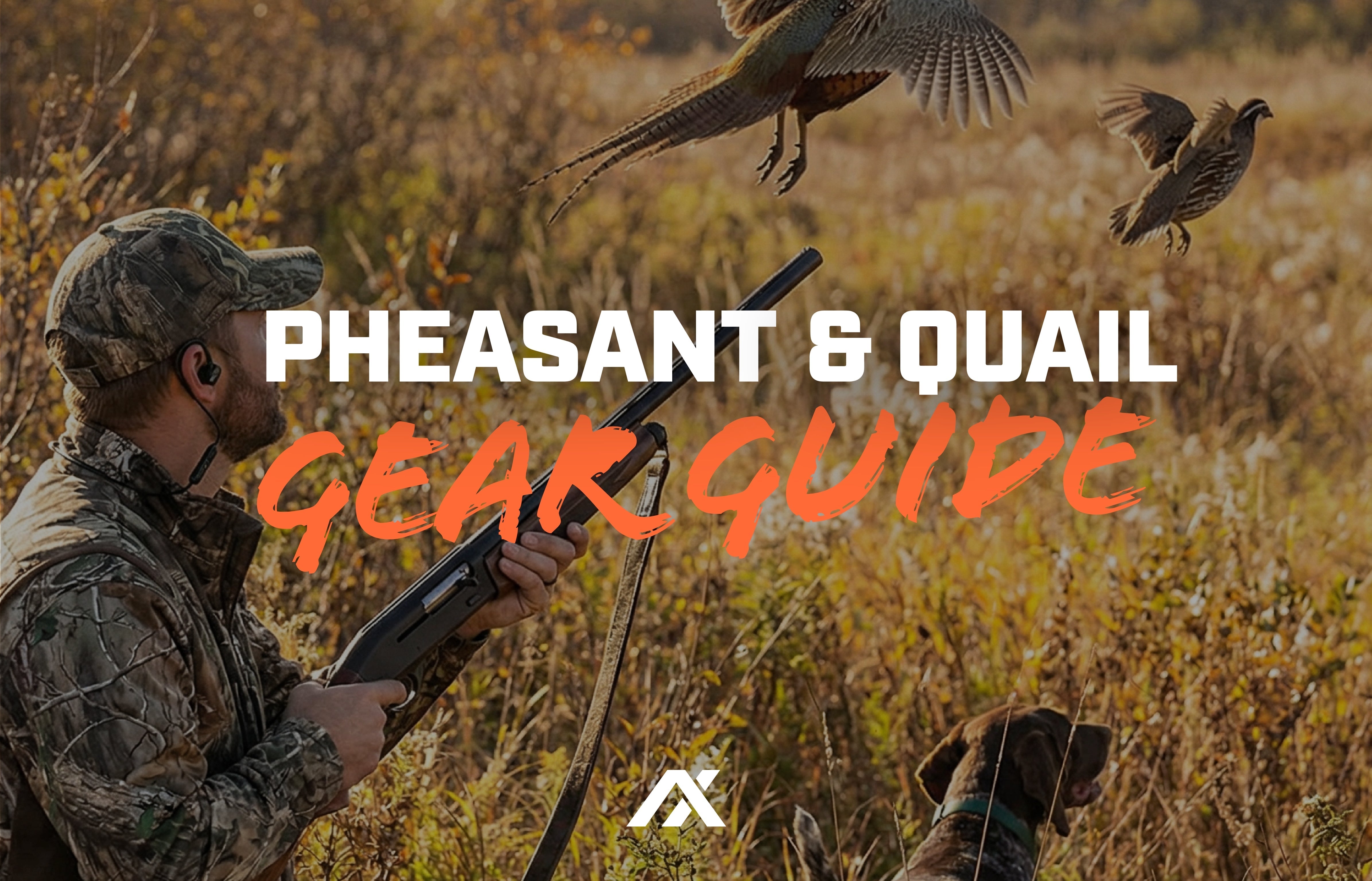Introduction to Hearing Safety in Shooting
Shooting sports events throughout the country have continued to draw record crowds and participants as the growth in sales of firearms reaches record numbers. This presents an unprecedented demand for not only ammo and firearms but also important accessories like hearing protection and safety glasses. It is very important for the thousands and even millions of new shooters to familiarize themselves with the potential risk of hearing damage and to make sure that they are protecting themselves with the best equipment available. There is an opportunity for a company like Axil to help accommodate the growing population of sportsmen avoid shooter’s ear and achieve attenuation.
Levels of Noise and Decibel Levels in Shooting
Most firearms used in shooting sports and even hunting and self-defense produce a noise level of 140 to 175 decibels (dB). Most experts and research from the American National Standards (ANSI) or OSHA on hearing and hazardous noise have indicated that noise-induced hearing loss and tinnitus can occur from prolonged exposure to loud noises that are as low as 85 dB and can cause permanent hearing damage. However, even short noises at 140 dB (like a gunshot) can cause instant damage.
Selecting the Best Hearing Protection
Earplugs
Earplugs are a convenient and low-cost option for participants in shooting sports, especially for outdoor ranges. The NRR (noise reduction rating) on moldable foam plugs is generally consistent and reliable for multiple different uses including ear protection from the sound of firearms on the range. NRR is noted on the packaging and works as a subtraction from the dB number. For example, an NRR of 30 would reduce the dB from 140 to 110.
Shooting Earmuffs
Passive earmuffs are the most common option on the range and are usually designed with a headband and foam or plastic covers that insulate the entire ear, not just the canal. Earmuffs will almost always have higher NRR but can be negatively affected by shooters wearing hats and protective eyewear. Electronic earmuffs like the Trackr series from Axil are becoming more common on shooting ranges and at shooting sports events due to improved communication through enhanced hearing technology and noise cancellation features. Many professional firearms schools require electronic earmuffs because students must be able to hear the commands of their instructor, making this technology even more pervasive.
Electronic Hearing Protection
Electronic hearing protection continues to advance and become more accommodating and preferable to participants in shooting sports. With amplification technology that improves the ability to hear and communicate in loud-noise environments, the industry is seeing a shift towards this improved equipment. Now with the introduction of Bluetooth and Wi-fi connectivity in earmuffs and earbuds like the Axil GS Extreme 2.0 or Axil XCOR, the level of protection as well as communication has never been better for hunters and sportsmen. The technology protects while simultaneously improving sounds and hearing. Sounds above a certain NRR are reduced and changed to a safe and acceptable level, while sounds like voices are enhanced and sound clearer.
The Importance of Noise Reduction Rating (NRR)
Noise reduction rating (NRR) is the standard of measurement for hearing protection in the industry. It is used by professionals and manufacturers to help consumer and professional hearing protection selection by labeling NRR on the packaging. For firearms training and competition, most professionals would recommend an NRR of 28 dB or higher for shooting activities. NRR deducts from dB level rendering sounds to an acceptable and safe level. The NRR on specific products can be confirmed with the package, instruction manual, or manufacturer website.
Best Practices for Hearing Protection
Doubling Up Protection
For indoor shooting ranges, many instructors advise “doubling up”, meaning foam earplugs as well as earmuffs. This also applies when using rifles on the gun range, due to the increased chance of knocking the ear cups (the part that covers and encloses the ear) loose by the movement of shouldering a long gun. A large caliber handgun can often exceed the dB of many rifles, however, making doubling up an option for most shooting activities, not just for the issue of knocking loose earmuffs, but also simply for enhanced protection.
Ensure Proper Fit
It’s a good idea to try hearing protection to ensure a good fit and also to check the seal of the earmuffs or ensure the depth of insertion in the ear canal of in-ear plugs and earbuds. Once securely on, snapping fingers or clapping by the ears is a good way to check protection before entering a shooting range or beginning activities.
Regular Replacement
For many shooters and sportsmen, hearing protection devices can be a second thought or low concern, even though most of these products are used for extended periods. This can be detrimental and professionals will take care in choosing and maintaining their equipment. A high-quality headset should provide years of hearing protection, however, it doesn’t mean that it should be checked regularly for battery life, wear, and damage. Ear plugs are generally not reusable and should be replaced with every trip to the range. It’s also prudent to check the warranty on hearing protection products to understand damage versus defect issues. Axil offers an excellent extended plan in addition to its standard warranty.
Understanding the Impact of Hearing Loss
Many older shooters, hunters, and gun industry employees suffer from different levels of hearing loss. Tinnitus is a common condition even outside of the world of shooting sports. However, it can be easily and inexpensively avoided simply by using proper equipment and practices. Axil provides products that can be used regardless of the needed level of protection and sound levels. With advancements in technology and a variety of different options for all different types of shooting sports, there is no excuse to not fully protect hearing and still be able to fully enjoy the experience of firearms competition and activities.
Conclusion
The popularity of firearms and shooting sports worldwide has presented the community with a unique opportunity to learn and improvement in how best to enjoy the hobby as safely as possible. Irreversible hearing damage has loomed over the sport for a long time, but with improved hearing protection products from companies like Axil, there has been a shift allowing an easier entry into the shooting sports for beginners and an improved quality of life for long-time veterans.
FAQs
- What is the significance of Noise Reduction Rating (NRR) in shooting ear protection? NRR is a standard measurement used to evaluate the effectiveness of hearing protection devices in reducing noise exposure. It helps consumers and professionals select appropriate hearing protection by indicating how much sound is diminished. For shooting activities, an NRR of 28 dB or higher is recommended to reduce firearm noise to safe and acceptable levels.
- Why is it important to use hearing protection while shooting? Firearms produce noise levels ranging from 140 to 175 decibels (dB), significantly higher than the 85 dB level at which prolonged exposure can cause permanent hearing damage. Using hearing protection is crucial to prevent noise-induced hearing loss and tinnitus resulting from exposure to these loud noises.
- What are the different types of hearing protection available for shooting sports? There are three main types: earplugs, passive earmuffs, and electronic hearing protection. Earplugs are a convenient, low-cost option with a consistent NRR, suitable for multiple uses. Passive earmuffs cover the entire ear, offering higher NRR values, while electronic hearing protection devices use amplification technology to improve communication in loud environments, with some models featuring Bluetooth and Wi-Fi connectivity.
- How can one ensure the effectiveness of their hearing protection while shooting?To ensure effectiveness, it's important to check the fit of the hearing protection device, whether it's earplugs or earmuffs, and verify the seal. Before entering a shooting range or starting shooting activities, snapping fingers or clapping near the ears can help test the protection level. Additionally, using both foam earplugs and earmuffs together, known as "doubling up," is advised for enhanced protection, especially in indoor ranges or when using rifles.
- How often should hearing protection devices be replaced?Earplugs are generally not reusable and should be replaced with every trip to the range. Earmuffs and electronic hearing devices should be regularly checked for battery life, wear, and damage, despite their longer lifespan. It's also advisable to be aware of the warranty on these products to differentiate between damage and defect issues. Regular replacement and maintenance ensure the continued effectiveness of the hearing protection.












 Accessibility
Accessibility

Share:
Beginner’s Guide to Hunting Gear Essentials
Guest Post: Hunting with AXIL ear pro in Africa By John McAdams